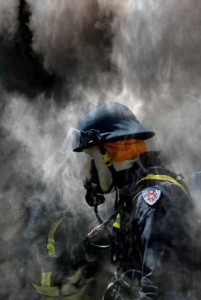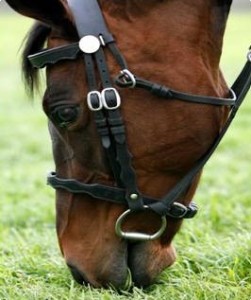
Smoke Signals
Guest Post
by John Kenny
The theatre manager told us we would have to leave if we couldn’t be quiet. A group of fellow firefighters and I were howling with laughter as we watched “Backdraft”. Kurt Russell was dashing through a blazing inferno, coat open, boots rolled down and with no breathing apparatus.
Even the rawest recruit knew that in real life Russell would be dead two steps in. What was missing was the single deadliest thing in a fire – smoke. Hollywood leaves out the smoke, or at best shows a light mist, because if they showed what it was really like all you would see would be a black screen. At best you’d see an orange glow as the camera got close to the fire.
Smoke is the product of incomplete combustion due an inadequate supply of fresh air (oxygen). This is exactly what happens inside a tightly closed home or other structure. Furthermore the smoke has nowhere to go. Sitting around a campfire the smoke simply rises and blows away. Anyone who’s had the smoke blow in their direction knows how uncomfortable that is – the coughing and stinging eyes. You can imagine what it’s like inside a building: even if you could keep your eyes open in that stinging murk, the smoke rapidly builds up until you literally can’t see the hand in front of your face. Continue reading “Getting It Right: Fire”



